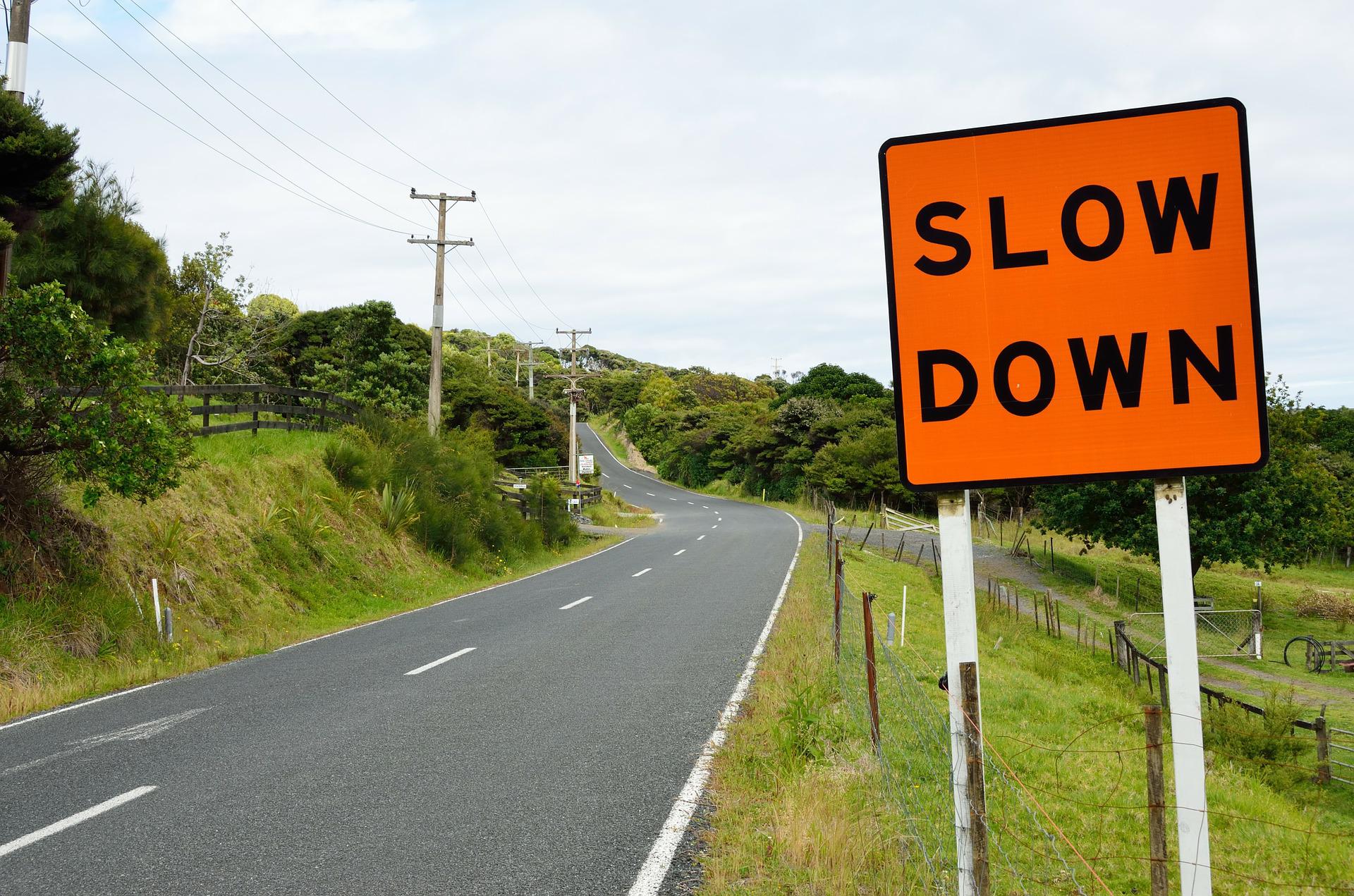It is a competitive advantage to recognize, value and leverage the diversity and differences that exist within an organization. Greater inclusion in the workplace has been shown to drive higher engagement levels and performance which in turn always support business goals. It takes a conscious effort to overcome our natural tendencies.
Unconscious bias is an evolutionary strategy that helps our brain organize the world by grouping similar things together to be faster and more efficient. However, this lumping mechanism also blinds us to new information or seeing alternative options that could lead to better judgements and decisions.
For all of us, bias is a part of every decision from hiring the right candidate; choosing a job for ourselves; strategic priorities; a vacation destination, or what to have for dinner. While we can logically recognize biases exist, in the heart of a decision, it is almost impossible for us to identify our bias(es).
David Rock and his peers at the Neuroscience Leadership Institute have grouped some of the most common biases into five primary categories, called the SEEDS model.
| SIMILARITY BIASES |
| In-group Bias: Perceiving people who are similar to you (in ethnicity, religion, socioeconomic status, profession, etc.) more positively. (“She’s a hard worker; she grew up on a farm.”) |
| Out-group Bias: Perceiving people who are different from you more negatively. (“We can’t trust him; look where he grew up.”) |
| EXPEDIENCE BIASES |
| Confirmation Bias: Seeking and finding evidence that confirms your beliefs and ignoring evidence that does not. (“There’s another example. I’ve always known that to be true.”) |
| Halo Effect: Letting someone’s positive qualities in one area influence overall perception of that individual. (“He may not know much about people, but he’s a great engineer and hard-working; let’s put him in charge of the team.”) |
| EXPERIENCE BIASES |
| False Consensus Effect: Overestimating the universality of your own beliefs, habits, and opinions. (“Of course, I like steak; doesn’t everyone?”) |
| Hindsight Bias: Seeing past events as having been predictable in retrospect. (“I knew the financial crisis was coming.”) |
| DISTANCE BIASES |
| Affective Forecasting: Judging your future emotional states based on how you feel now. (“I feel miserable about my new boss, and I always will.”) |
| Temporal Discounting: Placing less value on rewards as they move further into the future. (“It’s a great job, but I can’t start for four weeks, so I’m going with someone else.”) |
| SAFETY BIASES |
| Loss Aversion: Preferring to avoid loss rather than receive equivalent gain. (“We have to take a chance and invest in this, or our competitors will beat us to it.”) |
| Framing Effect: Basing a judgment on how a choice is worded, rather than on objective criteria. (“I chose a disinfectant that kills 95% of germs rather than the one that allows 5% to survive”) |
Having words to describe our seemingly invisible biases is a first step to changing our approach. But how do we break out of our biases?
Similarity Bias
Get to know more people. The desire for safety is the source of this bias. Continuously build a larger affiliation with new people and groups to build comfort and identify commonalities with which you can identify.
Expediency Bias
Make slower decisions. Take time to have members of the group take on alternative perspectives through role-playing; being a devil’s-advocate or doing a post-mortem (imagining a decision was the wrong one and asking what went wrong). The perceived need for speed is the source of this bias.
Experience Bias
Ask a lot of opinions. It takes an unbalanced amount of alternative data to counteract what we believe to be true. We have evolved to believe all we see and have seen is all there is to see, and that it is accurate. This bias is particularly harmful when we believe our perception is reality — because the only option is that anyone who disagrees is wrong or lying.
Distance Bias
Take a trip in time or space. We tend to overvalue those things that are close to us in time or space. Mentally go to a set time in the future, describe the reality of that future independent of the decision and then discuss how today’s decision fits within that future. If the decision is about another place, go to that place to make the decision. If this is not possible, bring items or knowledge (especially cultural) of that place to you in order to counterbalance all that currently surrounds you.
Safety Bias
Recast events to force taking different perspectives. Take on the decision-making process from the point of view of an advisor to the group or describe what success looks like, and how you got there. (Our brain is already listing the ways it can fail.)
All of these practices engage the brain in a different way and effectively slow down reflexive thinking. One cannot control or identify all biases. In your group identify just one class of bias that might be in play and create a process to slow down the thinking.












